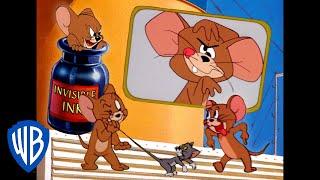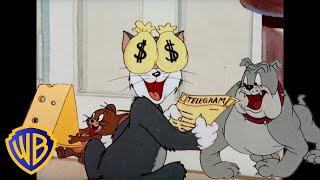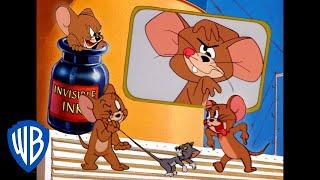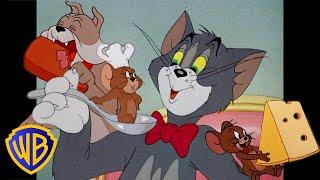Since I publish my AI lectures' slides in PDF, I uploaded this animation so that the students that attend the class can review it at home. , thus it is not self-contained.
However, several people commented here that they could benefit from a short explanation.
The minimax algorithm is a decision procedure for a setup where more than one agent is involved (for example, board games). It is assume that at each state (board position), it is the turn of exactly one agent to act. In this animation, states where the agent applying the procedure is to move are marked by circles, and positions where the other agent is to move are marked by squares.
The bottom positions are final positions and are marked by rhombi.
The basic idea of the minimax algorithm is that when it is your turn to act, you will take the action that yields the maximal benefit. When it is the time of the other agent to act, since you have no access to its decision procedure, you assume the worst (i.e., you assume that the other agent will take the action leading to the minimal value). This is a conservative strategy that guarantee the final value return by the procedure. It is also intuitive if the other agent is an opponent (i.e. have a conflicting goals).
The Minimax algorithm works in DFS fashion. Values are propagated from the bottom to the top, according to the decision rules explained above. The final outcome of the procedure is a value - this is a value you are guaranteed to receive (and the best guarantee that you can get). It also tells you which action to take - the one leading to the state that returned this best value.
However, several people commented here that they could benefit from a short explanation.
The minimax algorithm is a decision procedure for a setup where more than one agent is involved (for example, board games). It is assume that at each state (board position), it is the turn of exactly one agent to act. In this animation, states where the agent applying the procedure is to move are marked by circles, and positions where the other agent is to move are marked by squares.
The bottom positions are final positions and are marked by rhombi.
The basic idea of the minimax algorithm is that when it is your turn to act, you will take the action that yields the maximal benefit. When it is the time of the other agent to act, since you have no access to its decision procedure, you assume the worst (i.e., you assume that the other agent will take the action leading to the minimal value). This is a conservative strategy that guarantee the final value return by the procedure. It is also intuitive if the other agent is an opponent (i.e. have a conflicting goals).
The Minimax algorithm works in DFS fashion. Values are propagated from the bottom to the top, according to the decision rules explained above. The final outcome of the procedure is a value - this is a value you are guaranteed to receive (and the best guarantee that you can get). It also tells you which action to take - the one leading to the state that returned this best value.
- Categoria
- Desene Animate Minimax
Fii primul care comenteaza acest videoclip.












